Recipes, flavors and tradition change with migration. This recipe for a Welsh bara brith, a cakey fruit bread, is by Helen Goh, the Malaysian Australian recipe developer and expert baker who is part of the Yotam Ottolenghi organization in London. Goh has had a lengthy career in food and hospitality, starting in Australia and now in the U.K. Most people in America know her by way of her cookbook collaborations with Ottolenghi, which include books like Sweet and Comfort. Finally, after many years, Goh's debut book, Baking and the Meaning of Life, has arrived. It is full of insights into why and how baking sweets and savories deliver joy. It is also full of tantalizing recipes.
Toward the back of the book, in a chapter titled "Ritual and Tradition", the simple and easy recipe for Traveling "Speckled Bread" caught my eye. It had a quirky name and looked like a moist loaf cake more than a bread. It was full of spices and dried fruit, and didn't involve much fat (just an egg!), yet it looked rich and satisfying. The fruits were steeped in strong tea for a bittersweet contrast. I was intrigued.
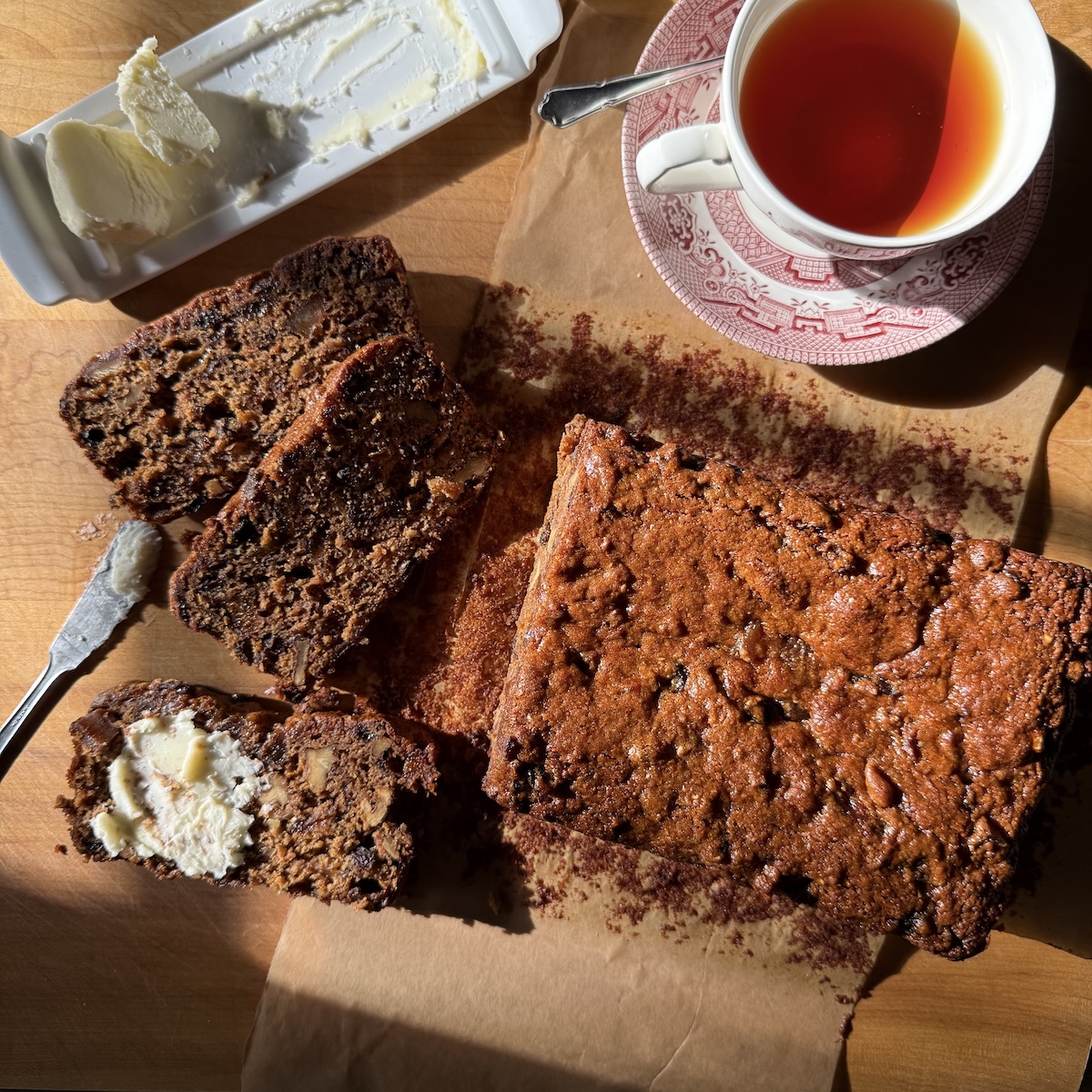
Why speckled bread? How is it Asian?
The Welsh bread was originally a way for cooks to jazz up their bread dough. They mixed dried fruit, spices, egg and other ingredients into the everyday bread dough to jazz things up. The result was called bara (bread) brith (speckled or mottled), though Goh notes that the texture is more like that of fruit cake. Bara brith is very moist and is characteristically speckled because of all the dried fruits, which she soaks in black tea.
The U.K. got much of its tea from Asia, and Goh mentioned in the recipe that she favored Assam, which is named after a region in India. My sister brought back team from Ireland for us so I used som of that, and combined it with Thai tea mix, which is based on Assam tea with a touch of sugar and spices. I brewed a blend of Irish whiskey and Thai teas. Once soaked, the fruits had greater complexity.
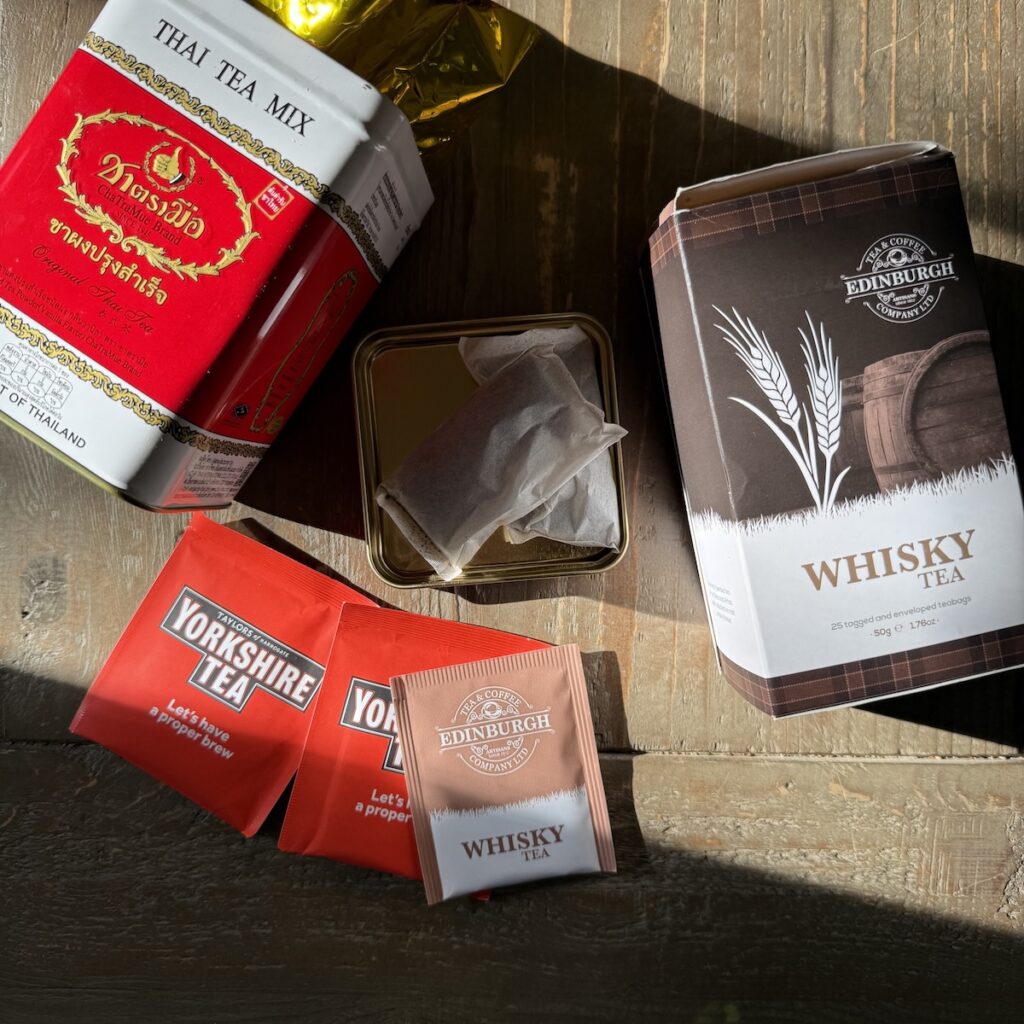
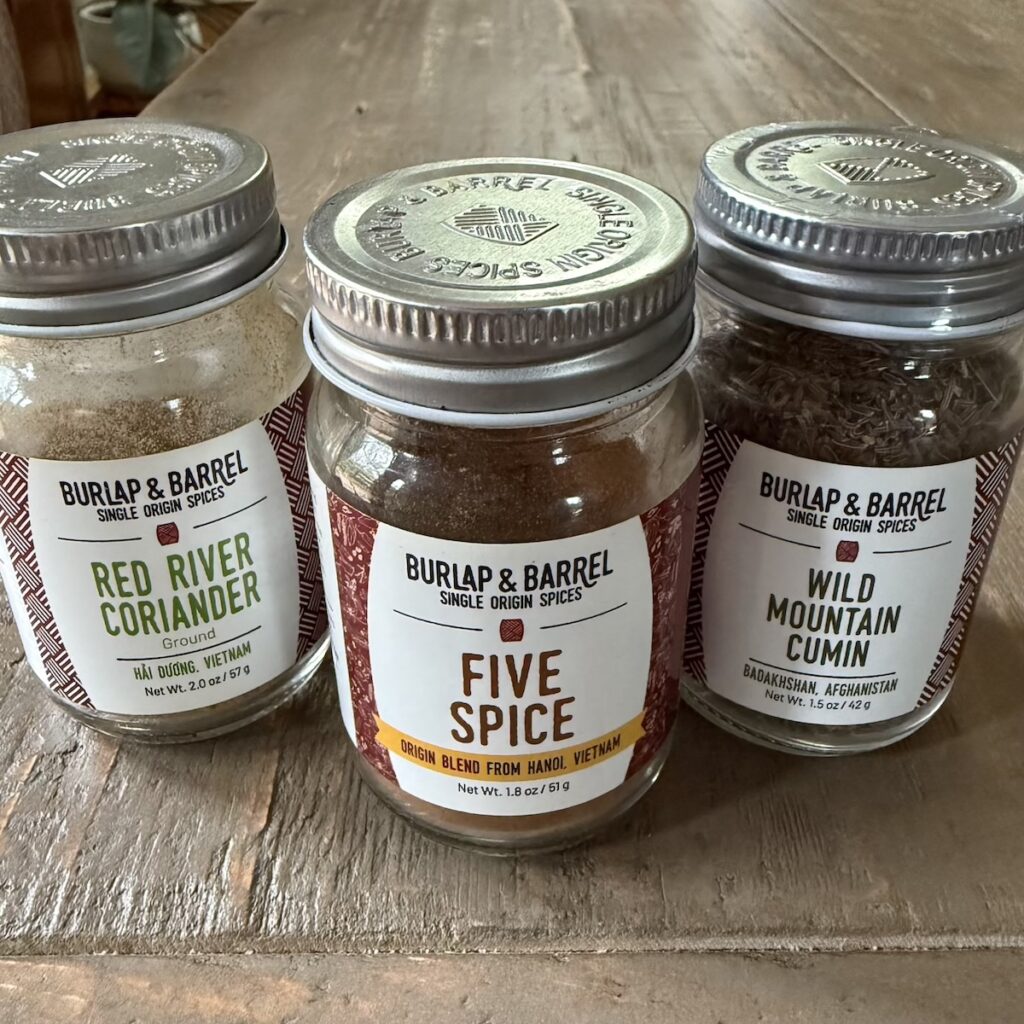
Goh plays with ingredients in a multicultural fashion and employs ras el hanout, a spice blend used in the cuisines of Tunisia, Algeria, and Morocco. She says it makes this cake uncommonly good, though in a pinch, you could sub pumpkin spice blend. Not having either, I used a favorite Chinese five-spice blend and added ground Vietnamese coriander and Afghan wild mountain cumin to tilt the flavor towards ras el hanout. Goh notes that ras el hanout contains cinnamon, cloves, coriander, cumin, allspice, nutmeg, ginger, cardamom and peppercorn. For the gingery notes, I used candied ginger as one of the "fruits", which also includes prunes, apricots, dates, currants, and golden raisins. I also added walnuts for textural interest. In summary, mix things up a bit because Goh encourages you to so that with this recipe, which turned out exceptionally tasty, as promised in the book's recipe introduction.
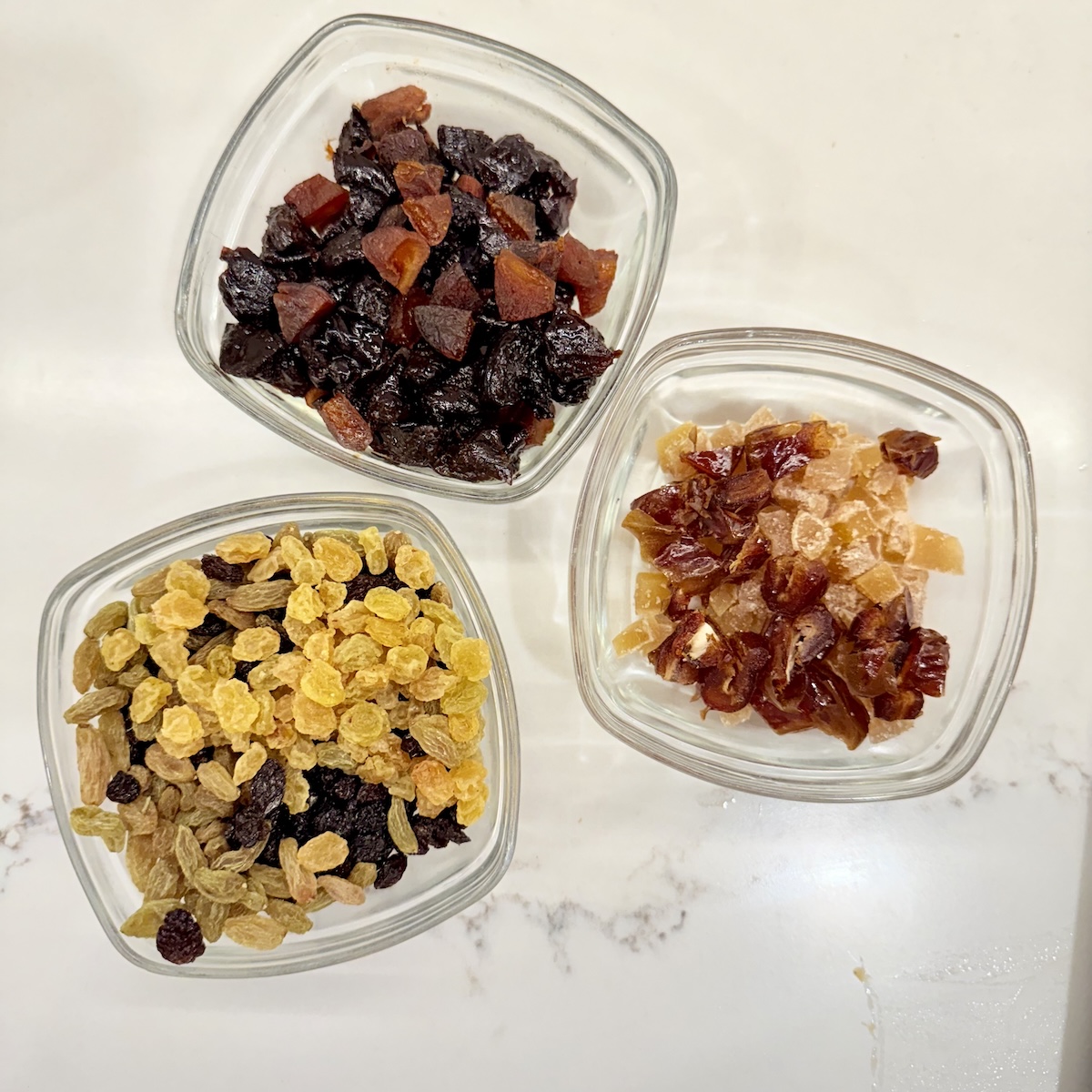
Mix-in-a-bowl or pot cake
The cake was sinful tasting, albeit a tad sweet for me because I used dates and candied sugar. You'll see below that there is a range for the sugar so go with your taste buds. The only time butter comes into play is in the eating. The butter is delicious but you'll be fine to enjoy the fruit cake without butter. It's up to your whim at the moment as to how you want to experience the depth of flavors in this bake.
Goh's speckled bread is super easy to make but it requires 3 days to arrive perfection. I followed Goh's directions but to minimize dishwashing, I steeped the fruit overnight in a pot instead of a bowl, covered with the pot's lid. The next day, I sifted the dry ingredients into the pot then mixed in the wet ingredients. The soft batter (think a quick bread texture) got scraped into the prepared loaf pan and then baked. After cooling as suggested, I then put the cake (still with the parchment intact) back into the loaf pan and covered the pan with foil to age overnight. On the third day, we enjoyed the fruit cake with salted butter, as prescribed. Omit the butter to savor the black tea, spices, and dried fruit flavor.

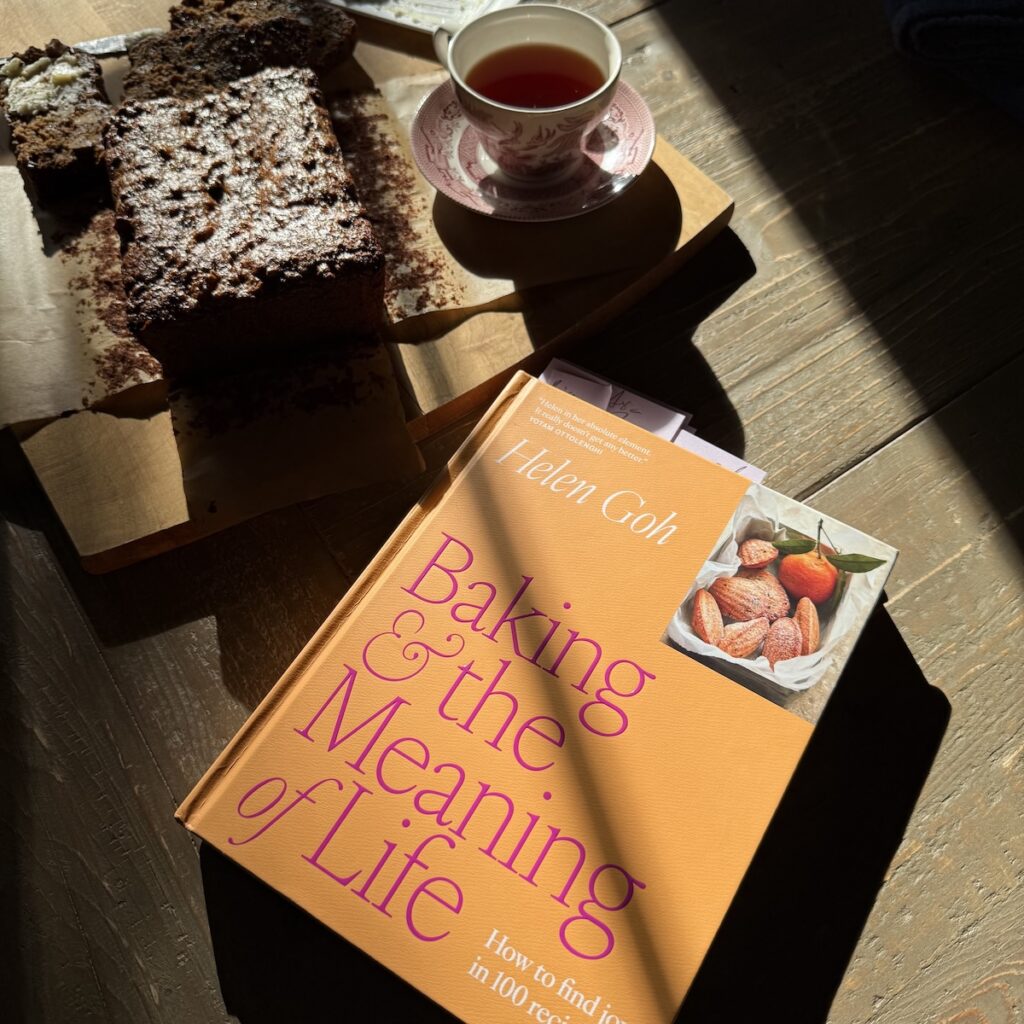
I've marked many other recipes to try from Goh's book because her recipe deliver flavor and textures that surprise. Some recipes in Baking and the Meaning of Life are involved projects. But Goh's competence ensures that your journey with the recipe will yield you satisfaction and joy.
Traveling "Speckled Bread" (Bara Brith)
Ingredients
- 70 g | ½ cup candied ginger dried cranberries, or a combo
- 70 g | scant ½ cup pitted prunes
- 70 g | ½ cup dried apricots
- 70 g | ½ cup golden raisins
- 70 g | ½ cup currants or dark raisins
- 4 black tea bags, preferably Assam or Irish Breakfast
- 300 ml | 1 ¼ cups water, boiling hot
- 250 g | 1 ¾ cups all-purpose flour, or a 50/50 combo of all-purpose and wheat pastry flour
- 1 tablespoon baking powder
- 2 teaspoons ras el hanout, or 1 ½ teaspoons Chinese five spice plus ¼ teaspoon each of ground cumin and coriander
- Mounded ¼ teaspoon salt
- 180 to 200 g | about 1 cup light or dark muscovado or brown sugar (use less if using candied ginger)
- 1 large egg
- 1 tablespoon honey (any kind)
- Salted butter, softened, to serve
Instructions
- Prep the fruit: Use scissors or a knife to cut the ginger, prunes, and apricots into roughly ½-inch (1.25 cm) pieces, dropping them into a medium-large pot or bowl. Add the raisins and currants.
- Soak the fruit overnight: In a liquid measuring cup, combine the hot water and teabags. Set aside to steep, uncovered, for 10 minutes. Remove the teabags, squeeze firmly to return any tea to the cup, then discard the bags. Pour the hot tea over the fruit. Cover and leave and a cool place overnight (or up to 24 hours) to allow the fruits to plump up and absorb the tea.
- Ready the oven and pan: The next day, preheat the oven to 325 F (165 C), and line the bottom and sides of a standard loaf pan (about 8 ½ x 4 ½ inches | 20 x 10 cm) with parchment paper. Allow a generous overhang on all sides to help lift the cake out once baked.
- Make the batter and bake: Sift the flour, baking powder, spice(s), and salt together directly into the pot (or bowl) of soaked fruit. Add the sugar, egg, and honey, and stir together until all the ingredients are well combined.
- Scrape the batter into the prepared loaf pan and bake for 80 to 90 minutes, until a skewer (or cake tester) inserted in the middle of the cake comes out clean. Cool in the pan on a wire rack for about 20 minutes, then lift the cake out of the pan and place on the wire rack to cool completely.
- Age then eat: The cake may be eaten on the same day, but if you have the willpower, wrap it in a layer of parchment, followed by foil and set aside for 24 hours (see main post for tips). It will improve in texture and flavor.
- To serve, cut into thick slices and spread thickly with salted butter.
- The cake will keep well for up to 5 days after which the slices may be toasted.

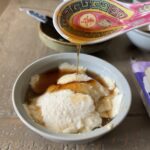
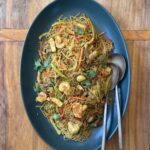
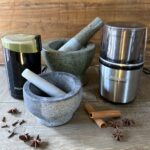

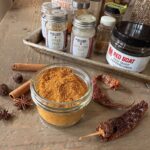
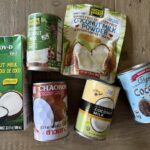
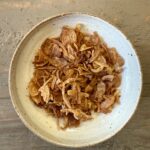
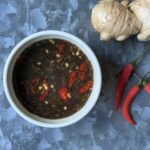


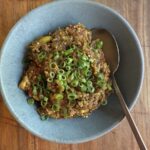
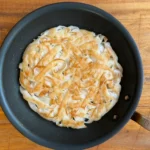
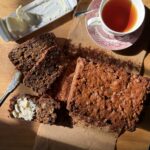



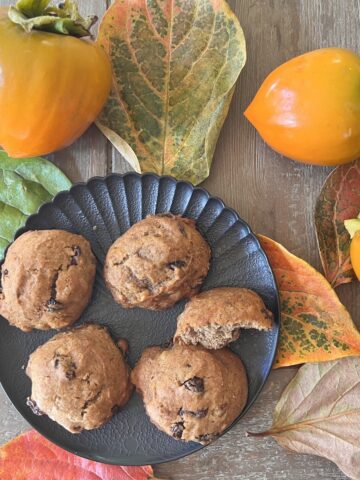
Leave a Reply